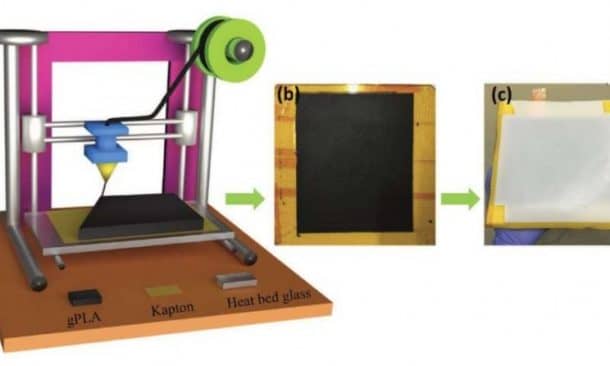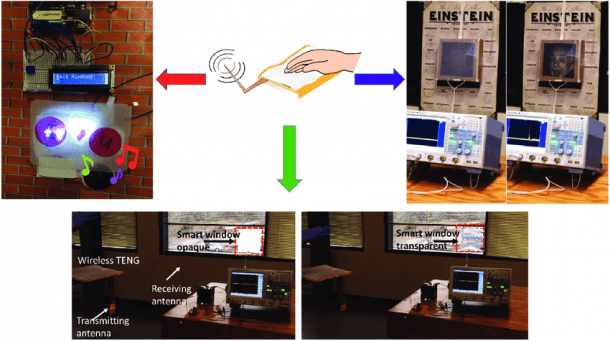Physicists from Clemson’s University’s Nanomaterials Institute (CNI) are one step closer to power a new type of wireless green energy source. They have printed a 3D device that can generate electricity from movement. This is device is known as W-TENG. The Clemson team built the W-TENG off the back of an earlier project called the U-TENG which used simple plastic and tape to generate a voltage given their opposite reactions to electrons.
Using the same concept, the team engineered the W-TENG and wanted to boost the amount of electricity that could be generated in a circuit and stored in a capacitor. They chose a multipart fibre made of graphene and a biodegradable polymer called polylactic acid instead of the plastic found in U-TENG. They used Teflon to replace the tape.

“We use Teflon because it has a lot of fluorine groups that are highly electronegative, whereas the graphene-PLA is highly electropositive. That’s a good way to juxtapose and create high voltages,” said Ramakrishna Podila, corresponding author of the study and an assistant professor of physics at Clemson.
“It cannot only give you energy, but you can use the electric field also as an actuated remote. For example, you can tap the W-TENG and use its electric field as a ‘button’ to open your garage door, or you could activate a security system – all without a battery, passively and wirelessly,” said Sai Sunil Mallineni, the first author of the study and a Ph.D. student in physics and astronomy.

Apparao Rao, the director of CNI feels that science can only take things so far and it would be up to the economics to see if it is actually a feasible solution. “We can only take it so far as scientists; the economics need to work out in order for the W-TENG to be successful,” Rao said.
The team is working n the patent for the technology are in talks with companies for the future of the device. If it does work out, it will be an all new source of clean energy. You can see the technology in the video below:


